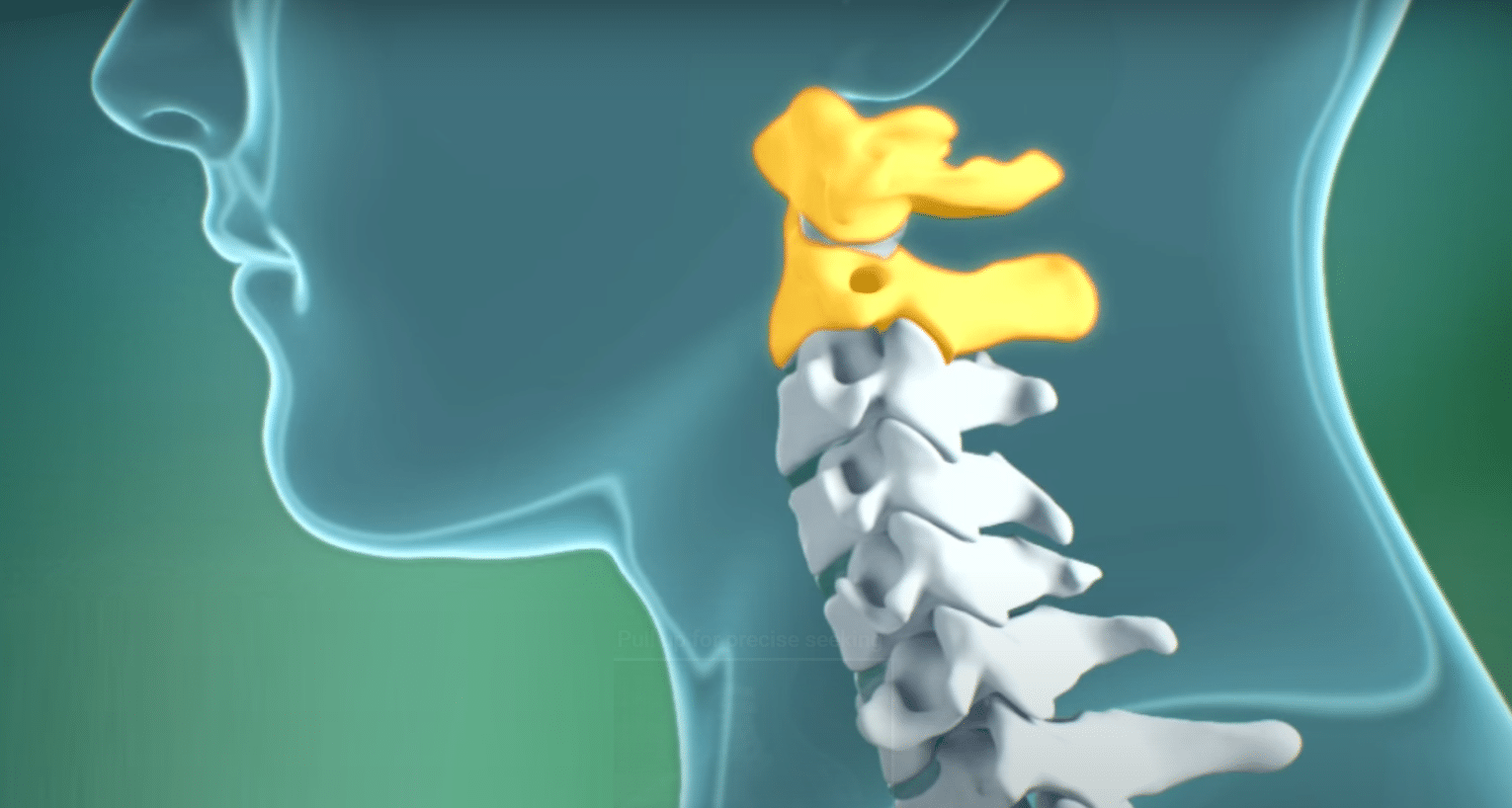Atlantoaxial instability (AAI) is a condition characterized by excessive movement at the junction between the atlas (C1) and axis (C2), the first two cervical vertebrae at the top of the spine. This can lead to neurological symptoms due to compression of the spinal cord and/or vertebral arteries.
The cause can be congenital, due to conditions such as Down Syndrome, or acquired, due to trauma, infection, or degenerative disease. Depending on the severity, it may cause symptoms ranging from neck pain and instability, to severe neurological problems including weakness or paralysis of the limbs, difficulty walking, loss of balance, or even sudden death in severe cases. Treatment ranges from conservative management with a neck brace, to surgery to stabilize the joint.
